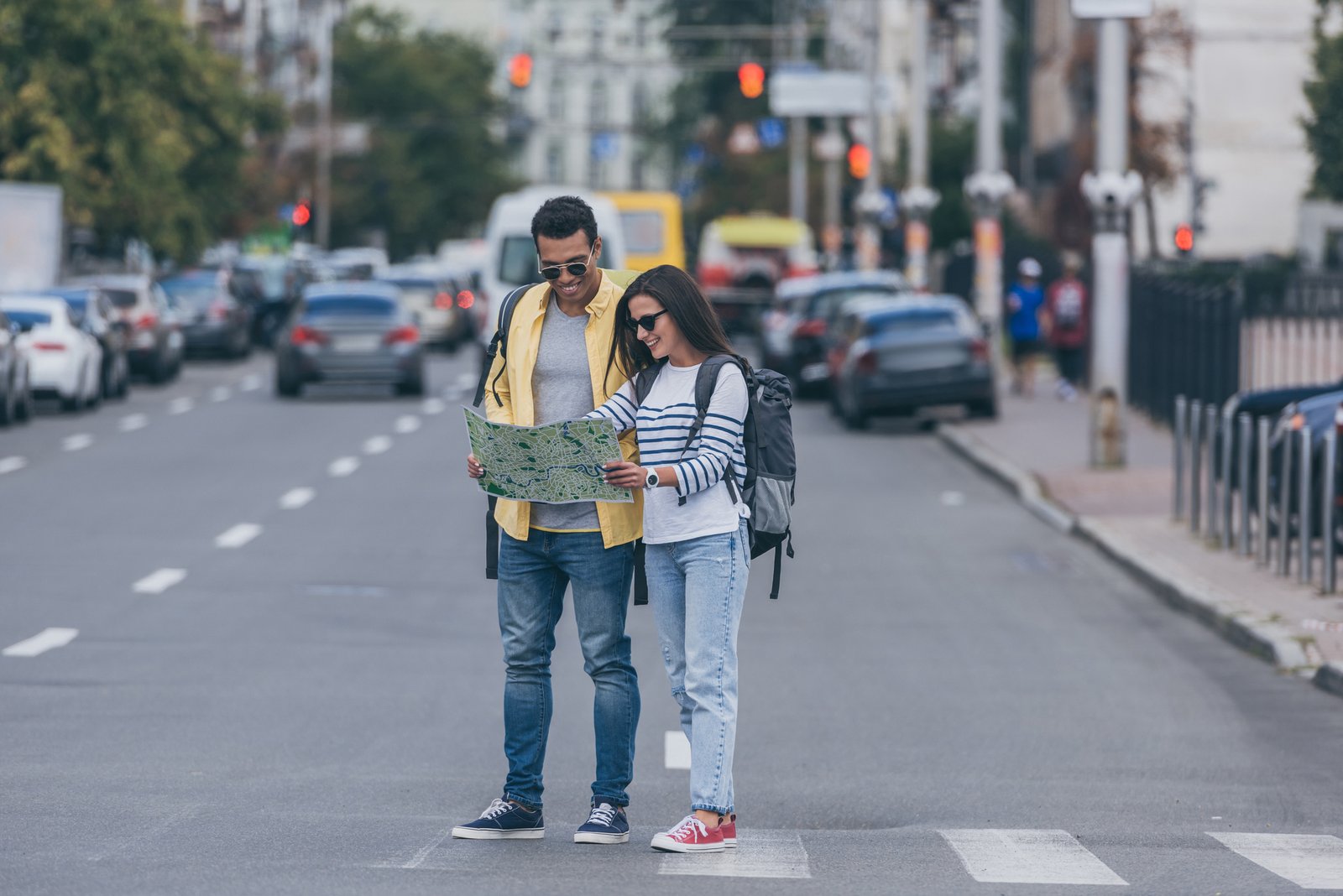India, with its rich culture and traditions, can be a surprise for first-time visitors, often leading to cultural shock. Expect to encounter unfamiliar customs and a way of life that may greatly differ from your own. Whether you are here for a short visit or a longer stay, India’s vibrant culture can leave you both fascinated and bewildered.
Cultural Diversity

India’s rich cultural tapestry comprises many languages, religions, customs, and traditions. It can be overwhelming for those encountering it for the first time. With 28 states and 8 union territories, each area has its unique cultural essence. Whether it’s the vibrant festivities of Rajasthan or the tranquil customs of Kerala, the country offers a variety of traditions just waiting to be discovered.
Traffic Chaos

With a bustling population, traffic jams are a part of daily life. Taxis and buses weaving through crowds might seem chaotic, but locals easily handle it. Roads can quickly turn from two-lane to six-lanes, with cows often joining pedestrians. Railway stations can be hectic, so expect queues when buying tickets. Some taxis may lack safety features, and communication with drivers often involves hand gestures.
Sensory Overload

From constant honking and street vendors to the occasional moos of passing cows and train horns, you may face sensory overload. Alongside these sounds, there are often various scents, ranging from spices to less pleasant odors, especially in areas lacking proper sanitation. To deal with smells, carry peppermint oil. Earplugs or noise-canceling headphones help with noise.
Spicy Food

When it comes to food in India, you are in for a flavorful journey. Indian cuisine varies by region, offering a rich tapestry of tastes and spices. Be prepared for the heat- chili is a staple ingredient, and each dish can pack a punch. Don’t hesitate to specify your spice levels, as Indians are skilled at adjusting the heat by adding sugar, cream, or coconut. Eating with your hands is customary, engaging all your five senses. Just remember to use your dominant hand and enjoy the sensory experience.
Animals

Always be ready to encounter numerous stray animals on the roads of India. The animals casually stroll across the streets without warning. Cows are especially common, seemingly occupying every corner. Sadly, dogs and cats often appear malnourished. Alongside these, expect sightings of monkeys, elephants, donkeys, and pigs during your travels.
Spirituality and Religion

India is where major religions like Hinduism, Buddhism, Sikhism, and Jainism originated. Throughout the country, you will find ancient temples, mosques, churches, and gurudwaras. This showcases the spiritual richness of the people. The Ganges River, revered as sacred, holds deep spiritual significance for millions.
Crowded Streets

With a population of over one billion, crowded streets and spaces without much regard for personal space. While most locals are welcoming, be prepared to navigate through bustling crowds and queues. To cope, avoid peak hours on public transport and find quiet spots to regroup when swarmed by taxi drivers or touts.
Crossing the Road

In India, crossing the road is a whole new ball game. Unlike in other places where you simply wait for the traffic light, here you must navigate a constant stream of vehicles. Buses and cars rarely yield to pedestrians, so you must weave through traffic slowly or hurry from one space to another until you pass.
Traditional Arts and Crafts

India is the home to a plethora of traditional arts and crafts. It ranges from intricate handwoven sarees to mesmerizing classical dance forms. Whether it’s the classical dance of Bharatnatyam or the expressive art of Kathakali, these forms have been passed down through generations. This preserves the essence of Indian culture.
Price Bargaining

Prices are usually negotiable in the county, except in certain places like museums and shopping malls. Bargaining is common, especially for souvenirs and services. Sellers may quote higher prices for foreigners, so it is essential to negotiate assertively. You can ask for discounts, check maximum retail prices (MRP) on packed products, and shop early in the morning for better deals. Avoid super touristy places for souvenirs while you can support local artisans.
Hospitality

Indian hospitality is known for its warmth and generosity. It often extends to invitations to homes and shared meals, which might feel overwhelming for newcomers. However, visitors should also brace themselves for encounters with persistent vendors and beggars. It’s important to be assertive and firm in such situations, setting boundaries when necessary.
Festivals and Celebrations

Festivals are a big part of life in India as it unites people in joyful festivities. Diwali, known as the festival of lights, symbolizes the victory of good over evil. Holi, on the other hand, is the festival of colors, welcoming the arrival of spring with lovely colors. The wide array of festivals reflects India’s diverse and inclusive culture.
Hot Weather

If you are not accustomed to hot weather, prepare for the intense heat in India. Temperatures can soar, reaching up to 52 degrees Celsius. The combination of heat, humidity, and population can be overwhelming, making it essential to plan activities during the cooler times of the year. Keep in mind that climate varies across different states in India.
Poverty

The contrast between wealth and poverty is stark in the country. It is common to see slums nestled among affluent neighborhoods, highlighting India’s economic disparity. This coexistence is a testament to the country’s high population density. Despite this, the resilience and spirit of the people shine through amidst challenging circumstances.
Squat Toilet

Using the restroom in India can be quite different from what you are used to. Many local establishments have squat toilets instead of Western-style ones. These toilets may not be the cleanest and often lack toilet paper. Instead, you will find a bucket of water for cleaning. It’s common practice to use your left hand for this. Additionally, even if toilet paper is available, the sewage system may not handle it if you flush it. So, it’s best to dispose of it in a waste bin provided.


